This is a large Gestapo dossier of approximately 733 pages, compiled between 1934 and 1937, focused on the Reichsverband Deutscher Offiziere (RDO) — a federation of former German military officers. The file contains:
-
Surveillance reports by the Gestapo and local police on meetings, speeches, and political sentiments of the RDO and its members.
-
Internal correspondence between Gestapo departments, ministries (like the Reich Ministry for Propaganda), and regional police units about how to monitor, restrict, or sometimes dissolve officer associations.
-
Records of speeches & lectures held by RDO members, such as on Bolshevism, national defense, and loyalty to the former Kaiser.
-
Discussions of monarchist sympathies among ex-officer groups and concerns over their “reactionary” attitudes versus the Nazi line.
-
Details about political attitudes of the RDO, such as their approach to supporting the new Wehrmacht vs. lingering monarchist loyalties.
-
Complaints and personal files on officers for alleged disrespect or statements critical of the regime.
Disclaimer
This document — “Reichsverband Deutscher Offiziere Gestapo Files & Political Reports (1934–1937)(File 5A)” — is a historical archival file containing materials produced by Nazi Germany’s secret police (Gestapo) and related agencies. It includes surveillance reports, internal correspondence, police memoranda, and press clippings from the period 1934 to 1937.
Important considerations:
-
Historical context:
The content reflects the political climate, ideology, and language of Nazi Germany, including antisemitic, militaristic, monarchist, and authoritarian perspectives. Statements and terminology within the documents do not represent modern views or endorsements. -
Use of sensitive material:
The file may include offensive language, propaganda statements, or personal data of historical figures. It is presented here solely for purposes of historical research, education, and documentation. -
Accuracy limitations:
The reports were created by security and propaganda agencies of the Nazi state. They may contain deliberate distortions, ideological bias, or unverified allegations. Users should critically assess the credibility of all statements in their proper historical context. -
No legal or political endorsement:
This document is shared for archival study only. It does not imply any approval of the policies, institutions, or actions described within.
Condition Note
-
The source pages appear to be standard German government paper stock of the era: mostly typed in black ink, single-sided, and heavily reliant on carbon copy and typewriter fonts.
-
Many pages show signs of light degradation typical of pre-WWII archival paper — including:
-
Yellowing or browning at the edges
-
Occasional fading of ink or uneven typewriter impressions
-
Tears, staple marks, and creases visible on certain pages
- Several pages contain cut-and-pasted newspaper clippings, with borders still visible from the original assembly.
-
The scanned images are generally high-resolution and legible, but:
-
Some pages show faint text, particularly where carbon copies were used.
-
OCR accuracy varies — clear in typed portions, less reliable in faded or handwritten text.
The file is in stable archival condition, digitally preserved with care, maintaining:
-
A raw, documentary texture, reflecting the administrative and covert nature of the contents.
-
A high degree of authenticity, with visible marks of real-time processing by Nazi-era security apparatus.
It is suitable for historical research, educational publishing, and curated exhibition in digital archives or WWII-era studies.
-
-
-

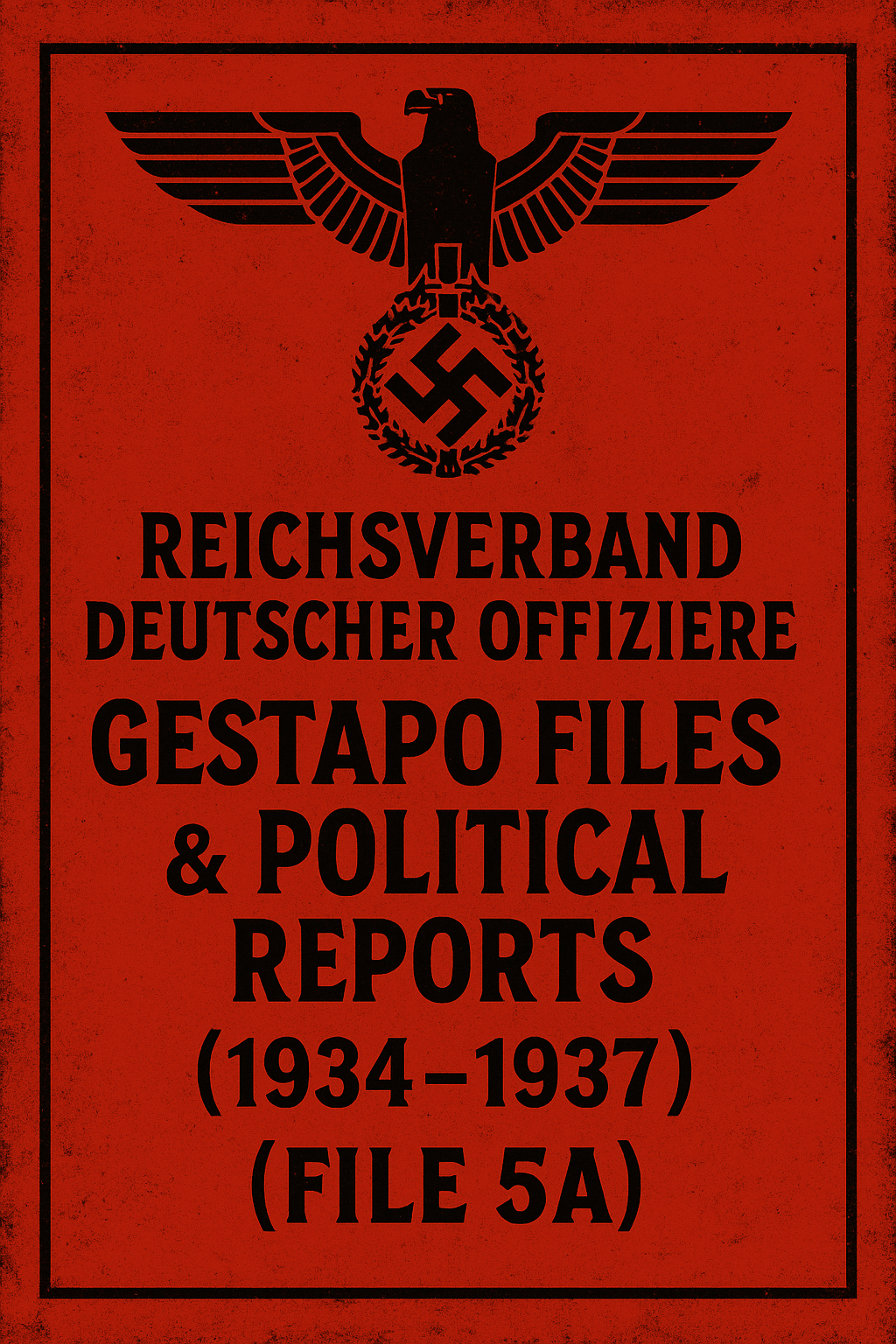
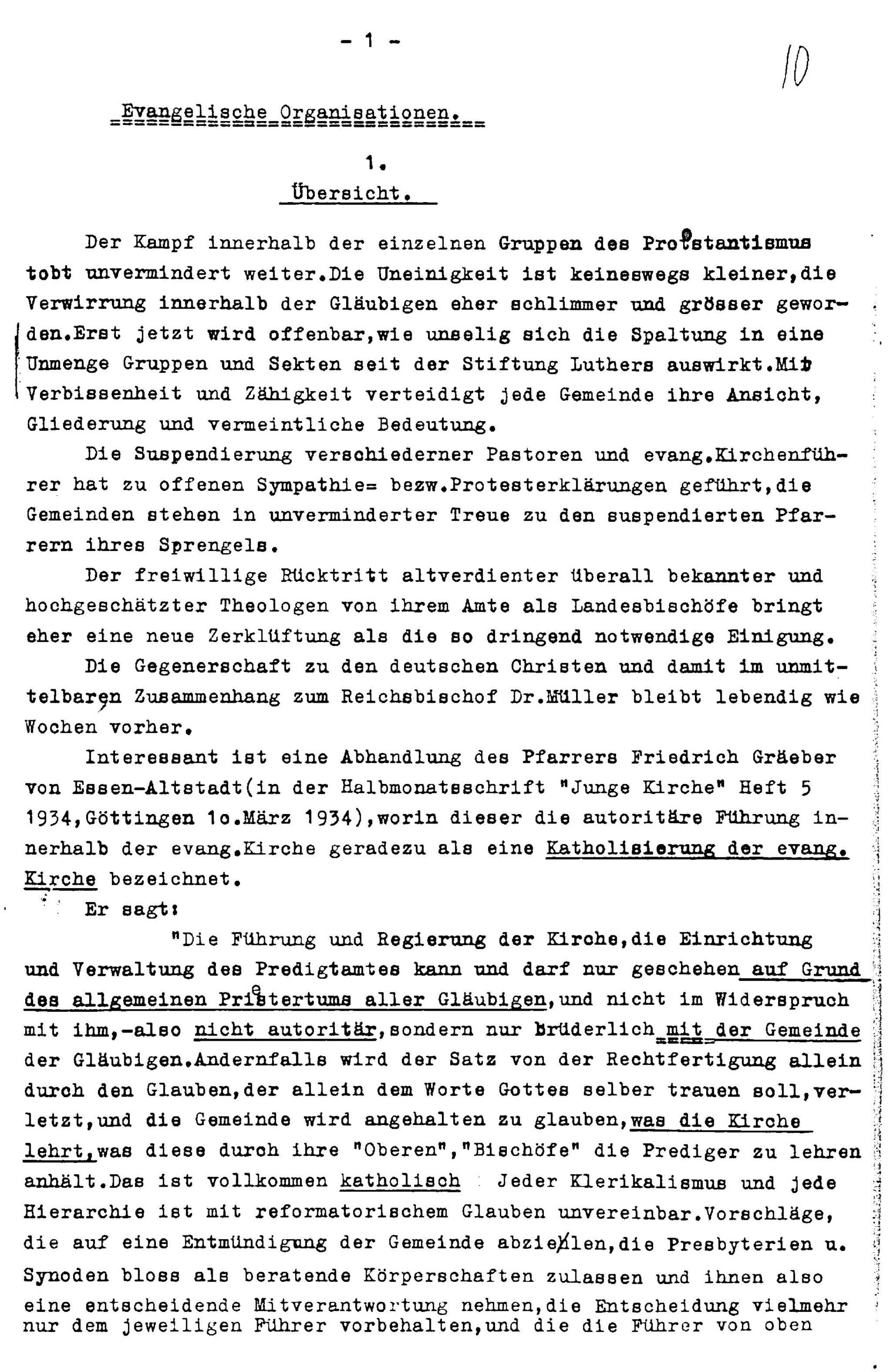
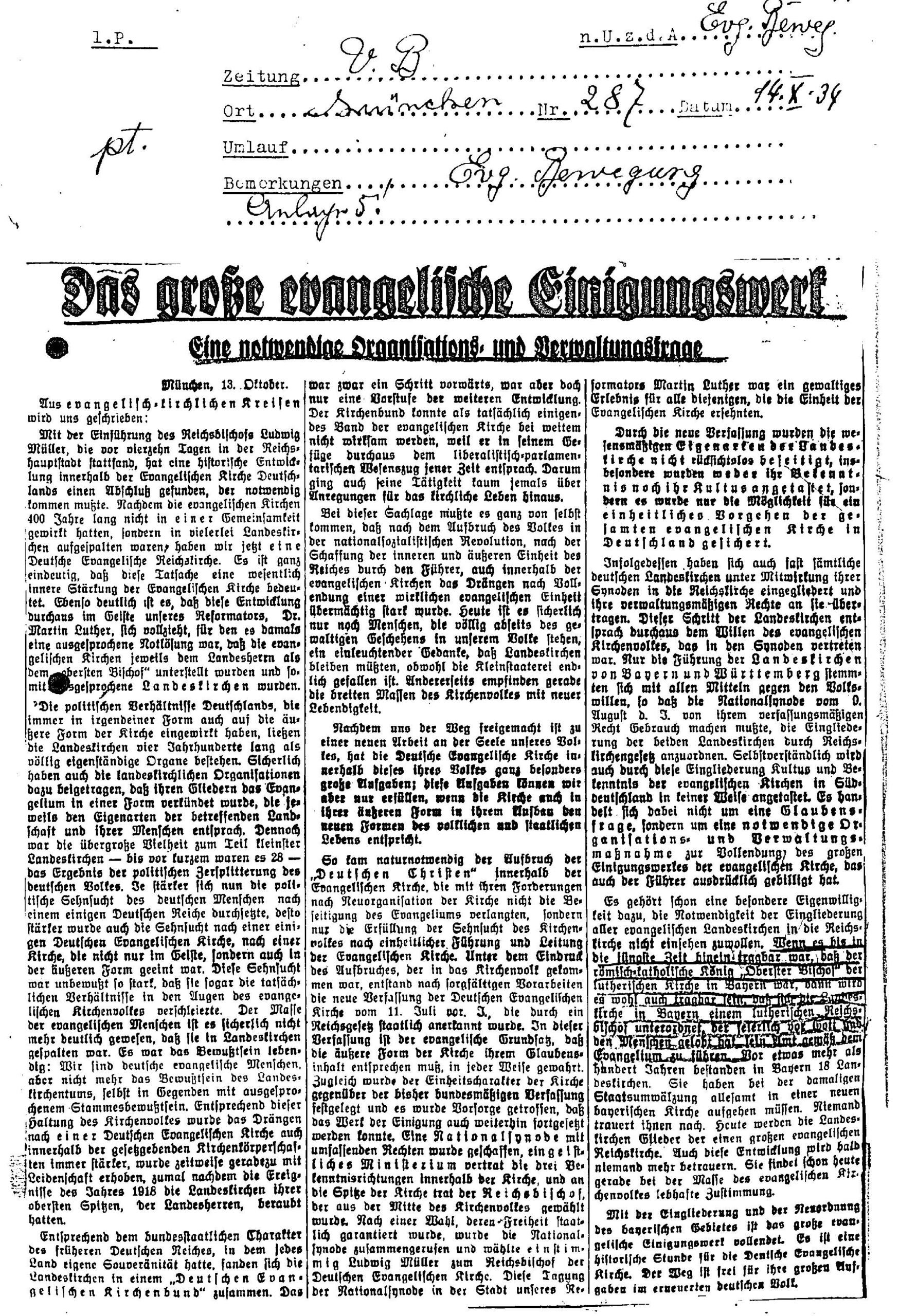
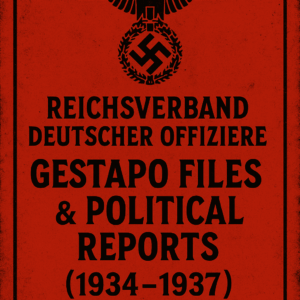
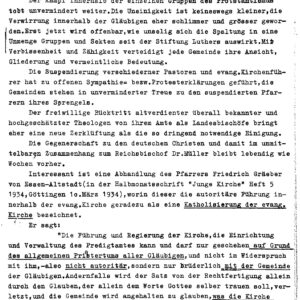
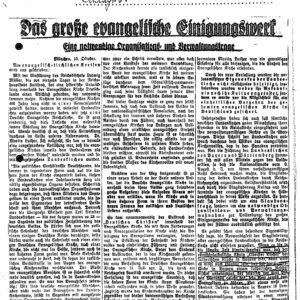

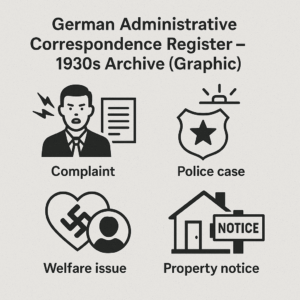
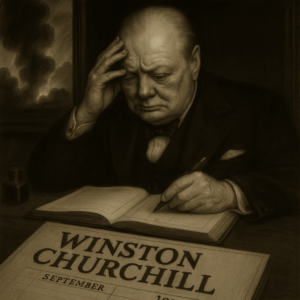
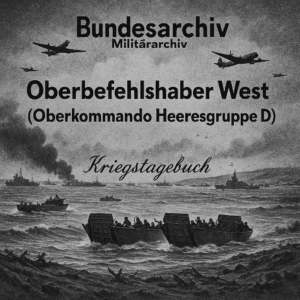
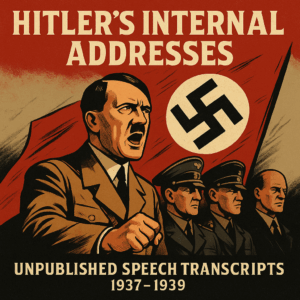

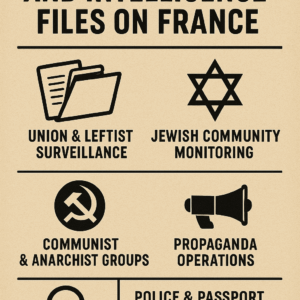
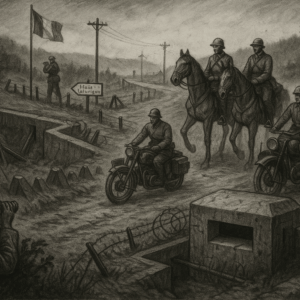
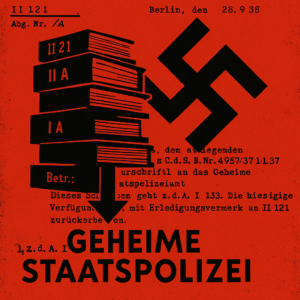

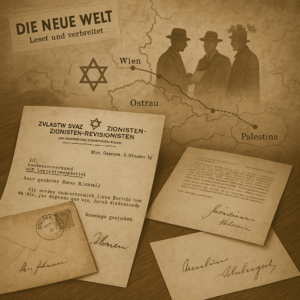
Reviews
There are no reviews yet.